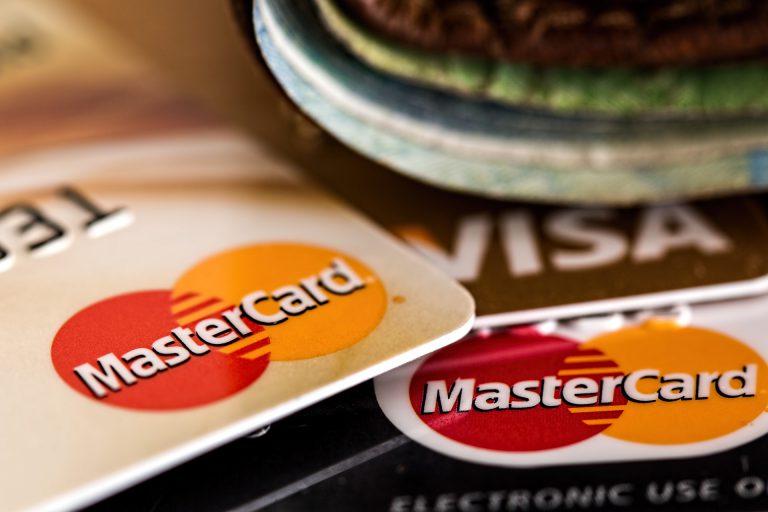31794 Views

Establishing a life-long home may begin when you first buy your property, but it doesn’t end there. Factors such as the need to accommodate a growing family and aging needs guarantee that changes will be made throughout your life. Even your taste in style can change over the years and warrants updates that better reflect your evolving preferences.
It pays off to invest in renovations that add value to your home and maintenance that protects it’v value. After all, the home is the place we find comfort and refuge. However, we understand that for the large majority, a perfect home can seem out of reach if you don’t have the adequate finances needed to renovate, nor the desire to accrue high interest by having your credit card foot the bill.
This guide will take you through the top 6 ways to finance your home renovations and get you one step closer to achieving your dream home.
Things to Consider
Before we begin, it’s worth noting the difference between a cosmetic and structural renovation.
Cosmetic renovations are a cheap and quick way to spruce up your home. Often, this involves simply painting the interior, adding a few accents such as new furniture or completing minor upgrades to rooms such as the kitchen or bathroom.
On the other hand, structural renovations are much more complicated and expensive, as they can involve moving walls and even changing the property’s floor plan entirely.
The difference between the two is the degree of costs they incur. This will play a key role in choosing an appropriate loan or financing option, as detailed below.
6 Ways to Finance Your Home Renovations
1. Refinance Loan
Refinancing means replacing your existing loan with one that works better for your current needs. In this case, obtaining a loan that has a lower interest rate and/or a more suitable loan structure can help you save money to put towards renovations and improvements to your home.
2. Unsecured Personal Loan
If your renovations are cosmetic and you can can afford to pay it off within a shorter amount of time, a personal loan may be ideal. Unsecured personal loans offer borrowing amounts between $5000 – $30,000 for a fixed term of 1 – 7 years.
While interest rates for unsecured loans can be high, the amount you borrow won’t be as significant compared to what you would need to cover a full scale remodel, meaning you can pay it off quicker.
3. Construction or Building Loan
For this loan, the amount available to borrow will be based partly on the value of the completed renovation or construction. Rather than receiving a lump sum of the loan at settlement, a registered builder working on the project issues an invoice at each stage of the process. Commonly referred to as drawn-down, it means you reduce the amount you owe as needed by only paying for work that is completed. Over the first 12 months, the loan is typically interest only. Once the full scale of construction is complete, payment reverts to a standard principle and interest loan.
4. Home Equity Loan
To figure out if you your home has equity, you first need to find out if its market value is higher than the balance on your mortgage. If it is, you will then need to establish if the equity is high enough to justify applying for a loan – most banks lend up to 80% of the value of your home, minus the current mortgage amount.
If you tick these two boxes, you can apply for a home equity loan, which allows you to borrow against some of the equity. This can be done in two ways:
A fixed-rate home equity loan:
Much like a mortgage, you would borrow the total amount you need in one lump sum and pay it back every month over the course of 5 – 15 years.
Home Equity Line of Credit (HELOC):
This gives you the ability to borrow up to a certain amount over a 10 year period.
5. Overdraft
An overdraft is linked to your everyday transaction account. It is an unsecured line of credit which serves to cover short-term cash flow shortfalls, meaning it would be better suited for cheaper cosmetic renovation projects. Much like any loan, you are required to pay interest on the outstanding balance of the overdraft.
6. Line of Credit
While the concept is similar to a personal loan, line of credit doesn’t have a fixed term, allowing you to access extra money whenever you need it. An added bonus is you only have to pay interest on the amount you borrow; although this interest can be a little higher compared to a personal loan.
As proud partners of West Australian based mortgage broker, ASS Renovations can cater for a variety of financing options. If you would like more information about the different options available, send an enquiry by filling out the form on our contact page.